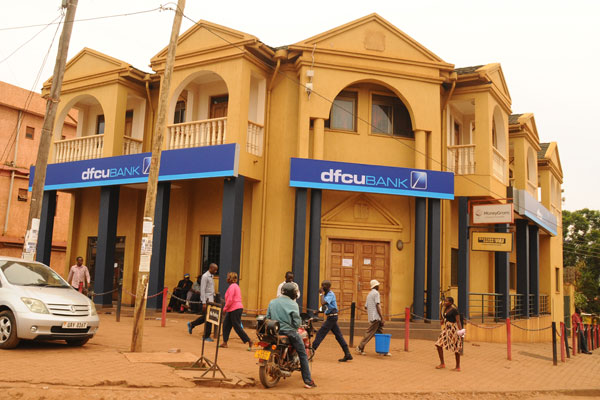When the Bank of Uganda closed Crane Bank Limited (CBL) on October 20, 2016 and sold it to rival Dfcu bank, CBL had an estimated Shs570 bad loan book even though that would be reduced to Shs458 billion.
However, according to the Auditor General John Muwanga’s special audit report on defunct banks, BoU agreed to transfer CBL assets at Shs200 billion to Dfcu bank which money was to be paid to BoU using CBL’s bad book.
The above transaction where Dfcu bank was shielded from paying interest, has been termed as irregular by the report of the Committee on Commissions, State Authorities and State Enterprises (COSASE) because the supposed buyer took CBL assets at no cost all.
The COSASE reports says BoU “lent” Dfcu bank CBL’s assets. The report which was debated in parliament for more recommendations faults BoU for selling off banks including CBL in a casual way with BoU officials failing to produce minutes and records of transactions.
The transaction concerning CBL as established by the Auditor General was done based on the inventory report and due diligence carried out by Dfcu bank, BoU having neglected its duty to evaluate CBL assets. That meant that the buyer set the sale price, which was accepted by BoU that claims it spent Shs478 billion on CBL during the period CBL was under statutory management, BoU have transferred CBL assets to Dfcu bank on January 25, 2017.
According to the AG, without the valuation of CBL assets by BoU, he found it hard to establish how terms of the transfer of assets and liabilities in P & A were determined. But It also came to light that under P & A Dfcu bank was supposed to take over the entire bad book of CBL later could only absorb only Shs200 billion of the bad book, raising further questions on the principles of prudence, fairness and transparency about the whole process.
It should be remembered that COSASE said that whereas the outstanding liability owed to BoU by CBL was Shs478 billion, Dfcu bank only assumed liability of Shs200 billion. This MPs noted it resulted in a financial disadvantage to BoU and CBL, which must be addressed by the powers that be as the loss was caused by BoU itself.
COSASE in its report fault BoU for selling CBL assets and liabilities in a casual way without even recording minutes of engagement with Dfcu bank and as such the MPs on the committee recommend that BoU should compensate CBL shareholders for the loss it incurred as BoU and Dfcu bank traded assets of their bank without following the provisions and guidelines of the Financial Institutions Act, 2004.
Meanwhile the Auditor General’s special audit report on Shs478 billion BoU claims to have sunk in CBL as liquidity support and other intervention costs, says that Shs320.8 billion remained accounted for and Shareholders of CBL claim the money is not reflected anywhere on the accounts during the statutory takeover.
The Auditor General said he was unable to rely on the draft financial statements provided by CBL statutory manager to confirm the receipt and expenditure of the Shs478 billion as the audited report of the period starting January 1, 2016 and January 25, 2017 were not submitted by auditing firm KPMG.
With such explanations, CBL stands to be compensated as figures from BoU don’t add up. This stands as BoU and CBL shareholders are in court of the closure of CBL. So what next for BoU and Dfcu as far as the bad book is concerned? will the shareholders of CBL ever be paid their money collected from the bad debts? Will BoU and Dfcu bank respect the resolution of COSASE on the matter as well as return the branches of CBL that are uner Meera Investment back to the rightful owner? these are some of the issues likely to be at the centre of the legal battles as CBL shareholders wait to be compensated.




